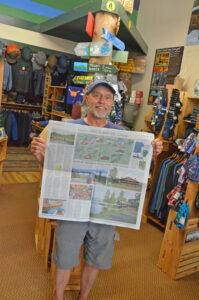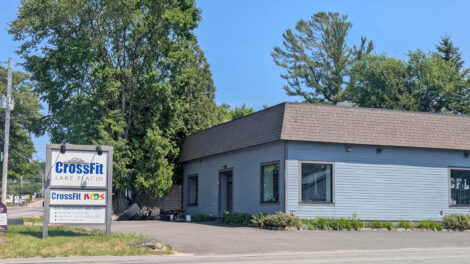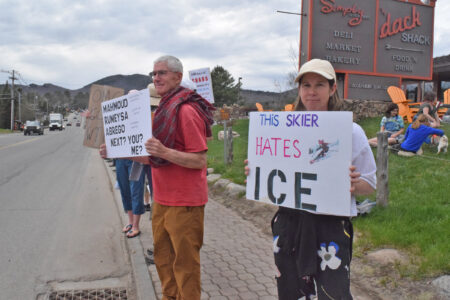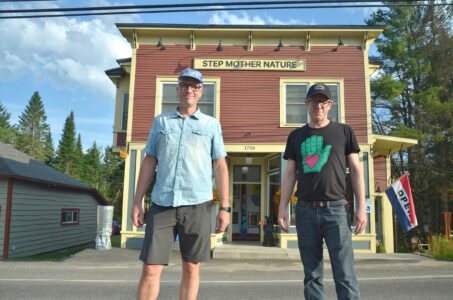SAM Fest founder: PSC is a college of arts and sciences
Q&A

Curt Stager (File photo provided)
Curt Stager — professor of natural sciences at Paul Smith’s College, co-host of North Country Public Radio’s “Natural Selections” and holder of the Lussi-Draper Endowed Chair in Lake Ecology and Paleoecology at Paul Smith’s College — is also the driving force behind the college’s annual Science, Art and Music Festival, or SAM Fest.
With the fourth installment of the festival slated for Saturday, Stager conducted an interview over email about what inspired him to start SAM Fest and what visitors can expect this year.
SAM Fest runs pretty much all day Saturday, from 10 a.m. to 5 p.m., and is free and open to the public.
–
Adirondack Daily Enterprise: How and when did SAM Fest get started?
Stager: I originally initiated the first Science, Art and Music Festival in 2014 because I wanted to showcase the many wonderful ways in which faculty and students at Paul Smith’s College have been informally blending science and the arts in their personal lives.
Many of us are painters, poets and musicians as well as scientists, and it brings a vibrant energy to the campus community that I wanted to encourage by making a larger public outlet for it. We are, after all, the Paul Smith’s College of Arts and Sciences!
–
ADE: Was there any precedent for SAM Fest? Anything you modeled it on?
Stager: Apart from using the short format and high visual quality of TED talks as a guide for the presentations, this was an original idea that seems to have been ahead of its time. Events that blend science and the arts are now becoming more common worldwide, but when we started it was more unusual.
–
ADE: Why do you think it’s important to connect science to the arts?
Stager: We learn best when information not only connects with the mind but also with our emotions, and the arts are great at making such connections. Even hard-core scientists use stories and visual aids to help them understand scientific concepts, and blending such diverse approaches to learning and communication is a time-honored tradition in the sciences.
But it is even more important when general audiences are involved. The arts help to convey the science to non-technical audiences in clear and compelling ways. By the same token, using science to inform the arts adds depth and value to artistic works. Why settle for a pretty but meaningless song, painting or poem when you can enhance it with a powerful and accurate message about life in the real world?
–
ADE: Are there any presenters of performances you are particularly excited about this year?
Stager: This year’s theme is “Connections,” and we have an exciting lineup in store. The event will start at 10 a.m. with a March for Science, beginning at the campus entrance and ending at the VIC. In addition to TED-style presentations, which begin at 10:45 a.m., we will have music by folk and jazz musicians Peggy Lynn, Dan Berggren, Jamie Savage and Jason Davis.
During lunch hour, student fiddler Tyler Dezago and friends will lead an informal music session, and the Bobcat Steppers will open the afternoon lineup with a dance performance.
Lee Ann Sporn has organized the largest selection of art works ever, more than 40 pieces, for the gallery. Composer Glenn McClure will present a musical piece based on data that he encountered in Antarctica that monitored lightning strikes all over the planet, moment by moment.
Amy Krester will show how people with visual impairments can still connect with audiences through the visual arts. And the closing event will be the premiere of a short documentary about the ancient human presence in the Adirondacks and what it means for our connection to wilderness. Titled “Hidden Heritage,” it will be presented by Ed Kanze and Josh Clement, who produced it in collaboration with faculty, students and staff of the Six Nations Indian Museum.
–
ADE: Where do you see SAM Fest going?
Stager: The size constraints of the VIC auditorium make it seem likely that SAM Fest will continue to be a relatively small, intimate event, which I think makes it all the more appealing to the lucky people who attend it.




